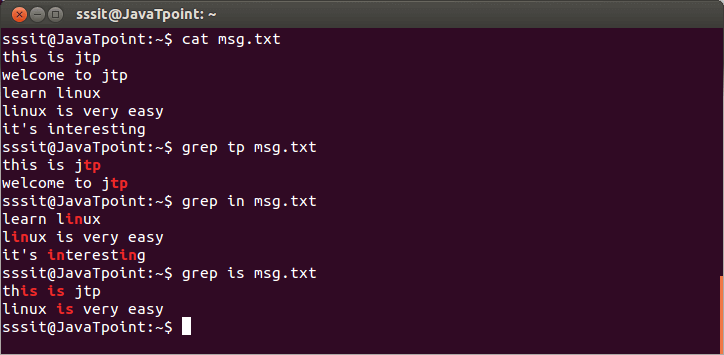


In these circumstances, we need to “escape” these characters. The problem is that sometimes we want to use special characters that need to be passed to grep, and the bash shell will interpret that character because the shell uses it as well.
BLUEGRIFFON REGULAR EXPRESSION SEARCH HOW TO
We’re going to be using the bash shell and the grep command to show you how to apply regular expressions. RELATED: How Do You Actually Use Regex? A Note About Escaping Charactersīefore we show you with examples, we’d like to point something out. As you can imagine, they can be really useful when trying to minimize the amount of code you put into a program. NET, Java, and Python, as well as the upcoming C++ 11, all provide standard libraries for using regular expressions. In addition, many alternative file managers, launchers, and searching tools use them, and they have a very important place in programming languages like Perl and Ruby. Many batch file renaming programs for Windows and OS X have support for regexps, as well as the cross-platform searching tool GREP (which we touched on in our Bash Scripting for Beginners Guide) and the Awk command-line tool for *Nix.

This way, you can rename multiple files in multiple folders very easily and efficiently, and you can move beyond the limitations of a simple numbering system.īecause the use of regular expressions relies on a special syntax, your program must be capable of reading and parsing them. Alternatively, you can specify how a group of files should be named by specifying a regex, and your software can incrementally move to the next intended output. One regex can be used like a formula to create a number of different possible outputs, all of which are searched for. Also known as “ regex” or “regexp,” they are primarily used in search and file naming functions. Regular expressions are statements formatted in a very specific way and that can stand for many different results.


 0 kommentar(er)
0 kommentar(er)
